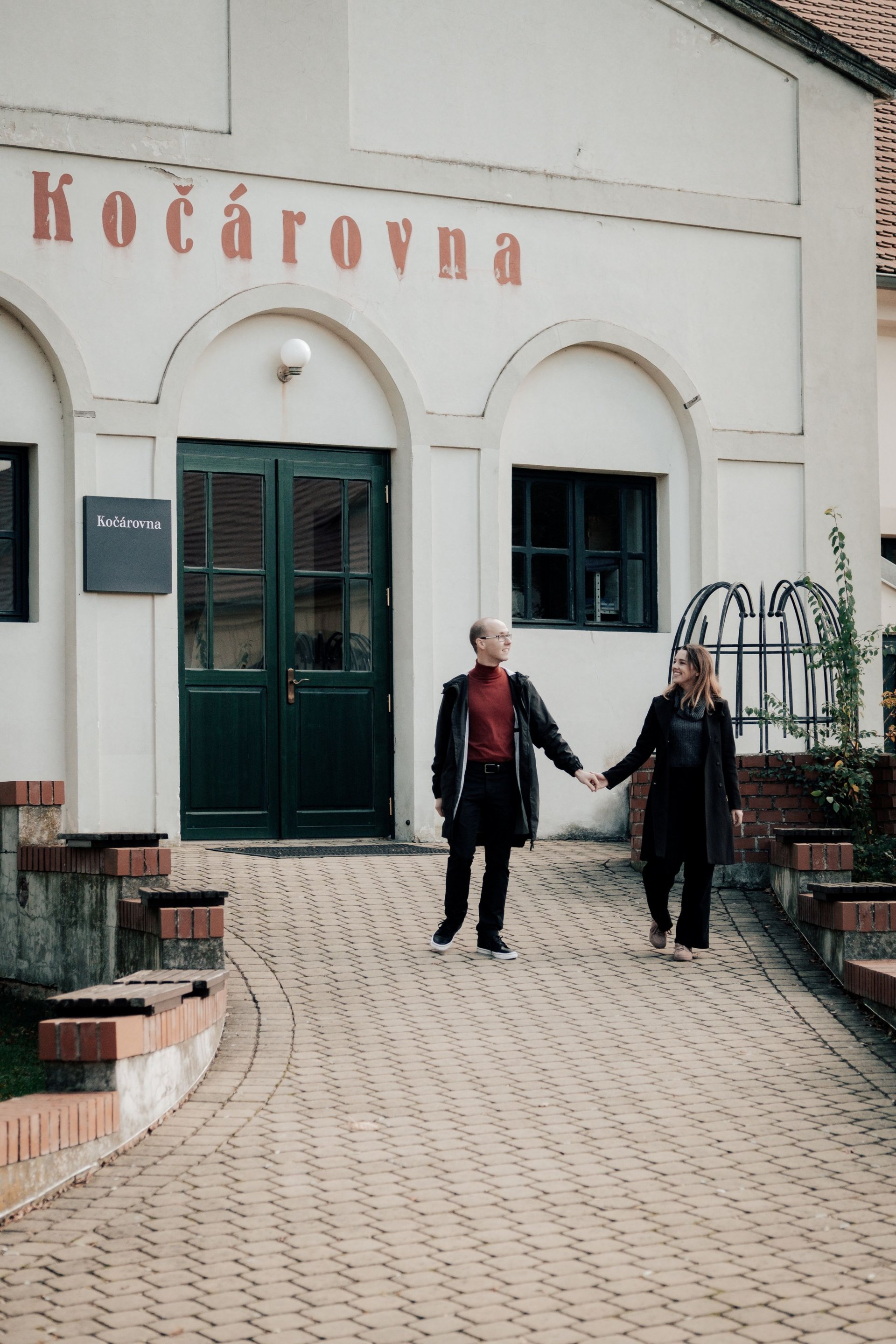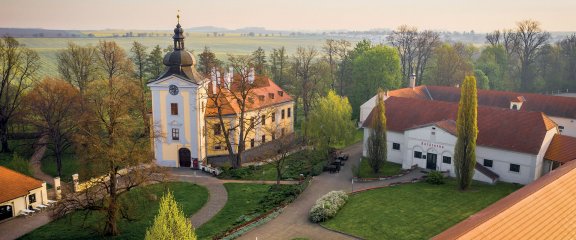
Více informací
Po ctěnickém panství dřív pokukoval každý druhý šlechtic. A občas i ten první. Vystřídali se tu Hrzánové, Losyové z Losinthalu, Windischgrätzové, Schoellerové i Adam mladší z Valdštejna. V areálu najdete všechno, co k zámku patří: zámecký park, sýpku, kočárovnu, stáje, jízdárnu i drábovnu. Moderní doba tomu přidala i bistro a vyhlášené zahradnictví. Do některých míst můžete nakouknout, ale třeba v drábovně dnes sídlí ostraha. A sýpka? Ta teď slouží jako hotel. Takže pokud vám po procházce areálem dojdou síly, klidně tu složte hlavu.
What I need to know
Where
Bohdanečská 259/1
190 17 Prague 9
+420 770 174 959
When
Friday–Sunday
10 am–6 pm

